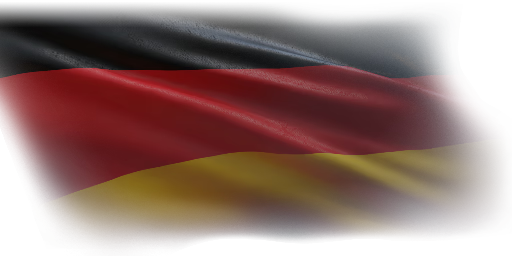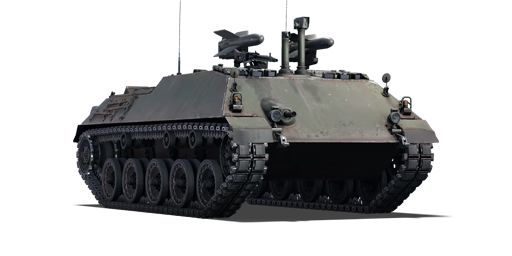




The RakJPz 2 was a vehicle born out of what would become Germany's last casemate tank destroyer - the Kanonenjagdpanzer program. Development of what would become the RakJPz 1 was done mostly in parallel to the main Kanonenjagdpanzer program starting in 1959, and 4 successive variants of Raketenjagdpanzers would serve with the Bundeswehr up to the year 2005 when the final RaketenJagdpanzer 3/4s (then called the Jaguar 1A3) were retired from service. The RaketenJagdpanzer 2 (RakJPz 2) is the second development of this lineage of tank destroyers, switching from the HS.30 hull to the Kanonenjagdpanzer hull, and sporting an armament of two SS.11 launchers on the top of the hull. The RakJPz 2 was superseded by later developments which removed the MCLOS-guided SS.11 missiles in favour of the more advanced SACLOS-guiding HOT ATGMs, redesignating the vehicle as the RakJPz 3/Jaguar 1.
The RakJPz 2 (RakJPz 2) was introduced in Update 1.59 "Flaming Arrows". Featuring the SS.11 anti-tank guided missile, the Raketenjagdpanzer 2 serves as the missile's mobile platform. While the hull is very reactive and mobile, the inability to fire the missiles on the move leaves the vehicle well suited for longer range encounters but hard to manage in close quarter engagements. The ability to hide the vehicle's hull behind cover and fire the missiles lets the Raketenjagdpanzer 2 take advantage of terrain to a far greater extent than its contemporaries, and as such offers a valuable niche for the vehicle on hilly or long-range maps.
| Ammunition | Type | Armor penetration (mm) at a distance: | |||||
|---|---|---|---|---|---|---|---|
| 10 m | 100 m | 500 m | 1000 m | 1500 m | 2000 m | ||
| ATGM | 600 | 600 | 600 | 600 | 600 | 600 | |
| ATGM | 600 | 600 | 600 | 600 | 600 | 600 | |
| Belt | Belt filling | Armor penetration (mm) at a distance: | |||||
|---|---|---|---|---|---|---|---|
| 10 m | 100 m | 500 m | 1000 m | 1500 m | 2000 m | ||
| AP/T | 13 | 12 | 7 | 3 | 2 | 0 | |












Mobility | |
|---|---|
Protection |
|---|
Firepower | |
|---|---|